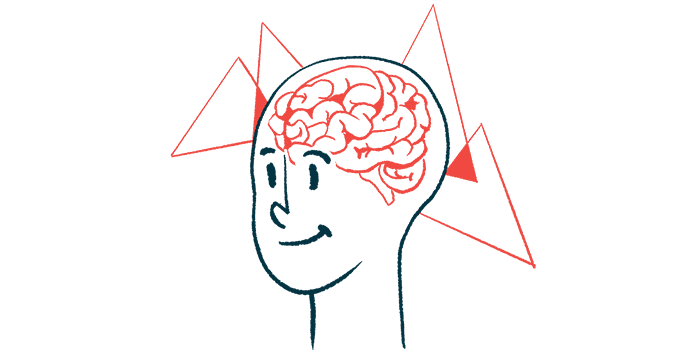Changes in Brain’s Iron Load Evident, Tied to Symptoms of Active Disease

People with active Cushing’s disease have a smaller volume of gray matter — the outer layer of the brain extending into the spinal cord, where most nerve and other cells are found — and an unusual distribution of iron in the brain, a study reported.
Importantly, abnormal iron redistribution was found to correlate with disease symptoms in these patients.
The study, “Region-Specific Disturbed Iron Redistribution in Cushing’s Disease Measured by MRI-based Quantitative Susceptibility Mapping,” was published in the journal Clinical Endocrinology.
Cushing’s disease happens when the brain’s pituitary gland makes too much adrenocorticotropic hormone (ACTH), which stimulates the overproduction of cortisol by the adrenal glands sitting atop the kidneys.
As a result, patients have excess cortisol levels in the body or hypercortisolism, which also can affect the central nervous system (the brain and spinal cord). In such cases, patients can develop neuropsychiatric and cognitive difficulties.
Previous studies have reported the damaging effects of excessive cortisol levels to patients’ brains, which included alterations to its gray and white matter.
Gray matter is made of cell bodies, their projections, and the sites where neurons (nerve cells) communicate, called synapses, while the white matter contains nerve fibers and accounts for about half of the human brain.
Using a new MRI technique called quantitative susceptibility mapping (QSM), researchers at the Shanghai Jiao Tong University in China found Cushing’s patients have a significantly higher number of cerebral microbleeds resulting from the rupture of small blood vessels in the brain than do healthy people.
QSM is also used to reliably quantify changes in iron content in the brain, which has been increasingly implicated in neurodegenerative diseases like Parkinson’s and Alzheimer’s.
Assessing changes in iron distribution in the deep gray matter of Cushing’s patients, for this reason, may help to “understand the mechanism of hypercortisolism in the human brain and shed light on the mechanism of neurodegenerative disease,” they wrote.
The researchers used MRI-QSM to evaluate iron distribution in the brain’s deep gray matter and assess its potential relationship with patients’ symptoms.
In total, 48 people with active Cushing’s (mean age, 43.7), 39 Cushing’s patients who had achieved remission (mean age, 44.6), and 52 healthy individuals (mean age, 48.9) underwent MRI- QSM scans.
All with Cushing’s disease had undergone surgery to remove a pituitary tumor (transsphenoidal surgery) or both adrenal glands (bilateral adrenalectomy).
MRI-QSM analyses showed that patients with active Cushing’s had the smallest volume of gray matter (both relative and absolute) of all the three groups, while controls had the largest. Gray matter volume of Cushing’s patients in remission was in the middle range.
These differences were accompanied by a marked decrease in the relative volume occupied by the cerebrospinal fluid — the fluid surrounding the brain and spinal cord — in active Cushing’s patients when compared with those in remission and healthy controls. Total intracranial volume, an estimate of brain size, was also significantly smaller in Cushing’s patients, including those with active disease and those in remission, compared with controls.
Iron distribution was significantly lower in certain brain regions of patients with active or non-active Cushing’s compared with controls. These included the caudate and putamen on both sides of the brain, regions known to be involved in cognitive function, reward, and motivation.
Additional affected brain regions included the red nuclei (involved in motor coordination), subthalamic nuclei, and the region of the thalamus that contains neuron cell bodies.
In patients who entered into remission, altered iron distribution in the thalamus was found to correlate with changes in brain volumes.
In those with active Cushing’s, iron distribution in the putamen significantly associated with certain clinical features. Specifically, it showed a positive correlation with body weight, and with depression and anxiety as measured by the Hamilton Rating Scale for Depression (HAMD) and the Hamilton Rating Scale for Anxiety (HAMA).
Conversely, it had a negative correlation with 24-hour urine free cortisol levels and systolic blood pressure (arterial pressure during a heart contraction to pump blood).
These findings suggest that “chronic exposure to hypercortisolism may be related to iron distribution and significantly correlated with altered brain volumes and clinical features in patients with [Cushing’s disease],” the researchers wrote.







